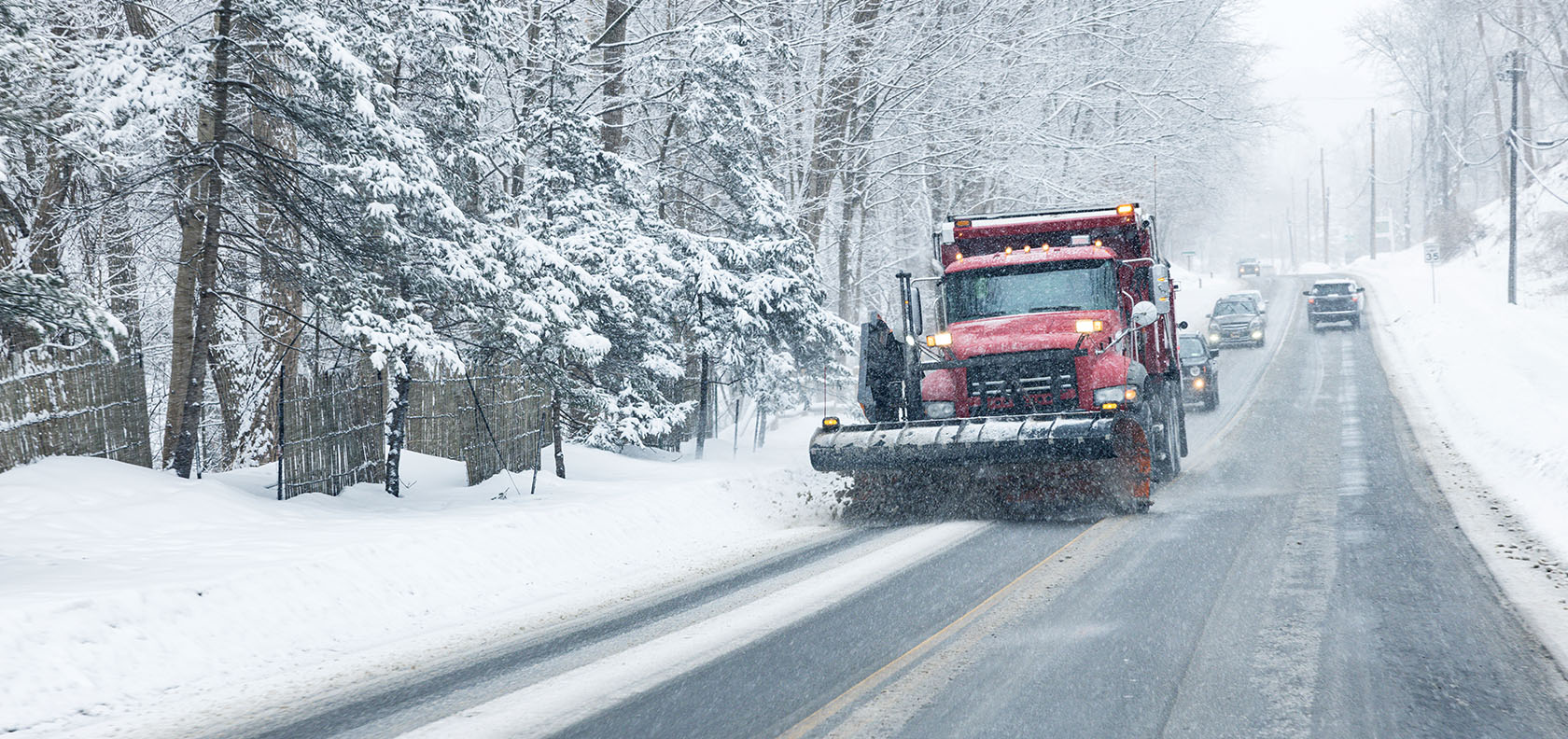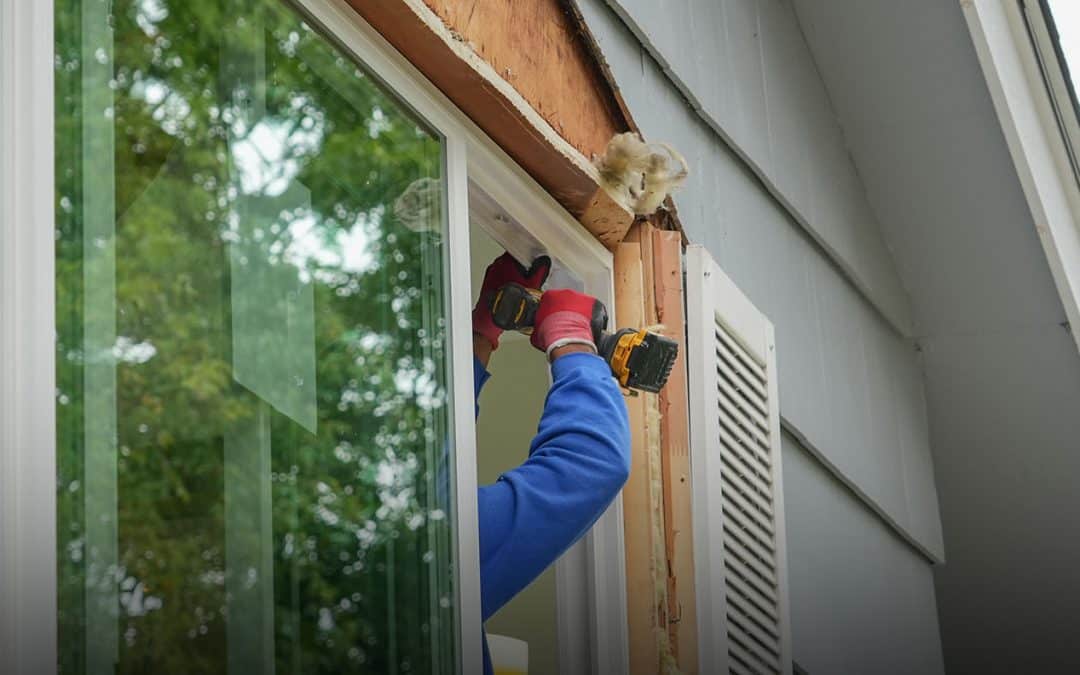When winter storms rear their ugly heads, it’s best to stay off the roads unless you must go out in case of an emergency.
According to the National Highway Traffic Safety Administration, wintery weather contributed to nearly 400 fatal crashes and an estimated 22,000 injury-related crashes in 2021. Police also reported an estimated 121,000 crashes during times of snow and sleet conditions.
If you do have to be on the road during a storm, transportation officials urge motorists to exercise extreme caution as snowplows work to clear roadways.
A typical snowplow carrying salt weighs more than 10 tons which makes their size and weight difficult to maneuver or stop quickly. When traveling, plows create large clouds of snow and ice that make it difficult for motorists to see through. They also have large blind spots, which means they have a hard time seeing what’s coming up on the sides of them.
Because snowplows travel slower, overlap lanes, and exit the road frequently, motorists should not “crowd the plow” and stay back at least 200 feet.
While the road behind the plow may be clear, the road in front of it is not. For that reason, snowplow drivers must travel under 35 miles per hour. When traveling behind a snowplow, be prepared for sudden stops, keeping in mind it’s hard to control a vehicle on a snow-covered surface.
Because visibility is also bad during snowstorms, it’s important to keep your vehicle’s windshield wipers and headlights on.
While it is considered risky, motorists should be extremely cautious when passing any kind of snow removal equipment – whether it’s a snowplow or a salt spreader. A plow or salt spreader with its blade down should never be passed, nor should a group of plows spread across a multi-lane highway. If you are passing a single plow or salt spreader, it’s recommended you:
- Reduce your speed.
- Allow for extra room when passing.
- Pass only on the left side.
When passing, you should be prepared for salt and snow to hit your vehicle, possibly obstructing the view from your windshield.
With MAPFRE, you can be sure that if the unexpected happens, our local, qualified team of claims experts is here for you and offers prioritized repairs through our network of highly-rated auto repair partners. With our CAR EZ® Program, MAPFRE works with preferred auto body repair shops to reach an agreed cost of repair. When you participate in the program, you will not only be assured that your repair will be managed by the shop and a dedicated MAPFRE licensed appraiser but that your repair will be completed for an agreed amount, inclusive of the labor rate.
We hope these tips will help you drive a little safer the next time you have to go out and drive in the snow. Don’t forget to also make sure you have the correct coverage on your auto insurance in Massachusetts with MAPFRE. Make sure to talk to an independent agent in your state or get a fast, free quote today to see how much you could save!



